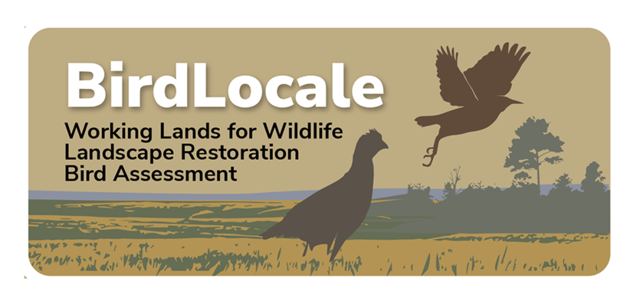by
Tab Manager
—
published
May 29, 2025
—
filed under:
Landowner Resources,
WLFW,
Working Lands for Wildlife West,
Working Lands for Wildlife,
Landowner Information,
Resources
Restricted to 5 copies outside of NRCS. This one-sided 32X21 hand-drawn Healthy Sagebrush Communities poster showcases how locally led, partnership-based, science-driven efforts can make great strides in conserving at-risk wildlife and America’s western rangelands. The threats, outcomes, data, and solution highlighted on the poster are derived from 15 years of research and conservation on the ground through NRCS’ Working Lands for Wildlife and its Sage Grouse Initiative. It shows the connections between people, the land, wildlife, conservation, science, and rural economies for a healthy sagebrush ecosystem. Enhancing private lands where sagebrush habitat is intact and sage grouse numbers are highest benefits agricultural producers and 350 other species that depend on it.
Located in
Landowner Information
/
Landowner Resources

